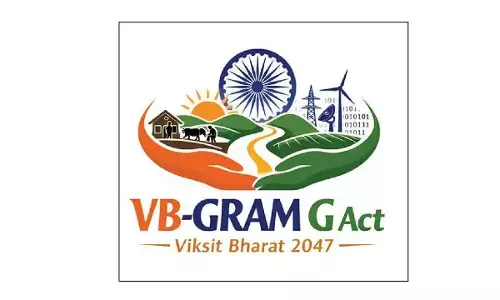Hybrid funds better than retirement funds

Hybrid funds better than retirement funds
Investors looking primarily aiming at a larger corpus may go for the hybrid funds
Retirement planning has to be now the prime concern for Indians as very few people are currently covered under or have a steady pension and this is increasing turning bleak for the next generation. One of the surveys done by an asset management company a couple of years back highlighted that more than half (51 per cent) had no retirement plan in place. Worse is many feel vague about the concept altogether. Of the 48 per cent respondents who were unsure of the required corpus, a majority (about 69 per cent) of them made no retirement plan at all. Lack of awareness is hampering the planning process as 39 per cent of the people who were aware of have no trusted advisor to guide them.
Of the concerns around post-retirement finances, as many as 57 per cent are worried about the future cost of living (inflation) and about 55 per cent worry about the health of self, spouse and parents while a half of them lack family support. Of those who have some retirement plan in place, 40 per cent fear that they would outlive their corpus. A very important factor that most people are discounting is the advancements in medical care and also the increasing life expectancy among Indians. Except for the aberration of Covid-19 pandemic, the average life span of Indians has been on the rise.
The lack of awareness is not only denting the way planning is done, but also how much the corpus to be generated to sustain for the retirement years. Most believe retirement corpus of 7-9 times their annual income is sufficient as corpus for retirement and only 1-in-5 Indians consider inflation while planning for retirement. Of the salaried class, 88 per cent say they get motivated if the employer helps or guides them.
Enough material has been published about the utility of mutual funds in creating wealth and helping for planning to achieve long-term goals like retirement and children's education needs. SEBI with its act of categorisation has helped consolidate the retirement plan offerings by the fund houses. There are multiple funds providing option to contribute either in lumpsum or through systematically to build a corpus through a dedicated fund for retirement.
Goal-oriented funds that have names like child plan or retirement fund mostly behave like hybrid funds. Child plans of MF have now become less attractive for those who give as a gift due to the changed rules. Earlier, the grandparents could use these funds as a token of gift for their grandchildren were easily investible i.e., the grandparent could issue the cheque and the investment was done in the name of the grandchild. The parents were registered as nominee but now that facility is removed. The cheque must mandatorily be issued from the minor account with one of the parents being the joint holder. So, effectively the grandparent wishing to gift the money must transfer to that account. The whole emotional part is lost.
And the composition of these funds is generally of hybrid MF nature with debt and equity contribution predefined. Even in the case of retirement funds, the fund philosophy reflects the hybrid funds though with option of aggressive, balanced and conservative equity allocation. In an aggressive equity allocation fund, most of the fund is invested in equity while in the balanced category it is generally retained at 65 per cent. Thus, both these funds qualify for equity taxation while the conservative is heavy on debt and so attracts debt taxation.
Another feature of these plans is that the investment is locked-in for five years. This was proposed keeping in mind the seriousness of the need and the focus about the fund. This also gives the fund manager a long rope to target medium to long-term horizon. But, investors looking primarily to achieve an objective of creating a larger corpus could accordingly opt for hybrid funds (if their risk appetite is moderate) or any of the diversified equity MFs if the risk tolerance is high. This at least, provides the liquidity i.e., no lock-in period and hence could be transacted at any point of time.
Of course, the lock-in is to ensure that the investor sticks to the fund for at least five years and thus has the long-term goal in mind. The lock-in restriction also hinders a systematic investment as each installment must spend at least five years for them to be redeemable. But, the lock-in ensures that an investor sticks to fund and it is a decent time to nullify the lumpsum investment from the market vagaries.
(The author is a co-founder of 'Wealocity', a wealth management firm and can be reached at [email protected])








